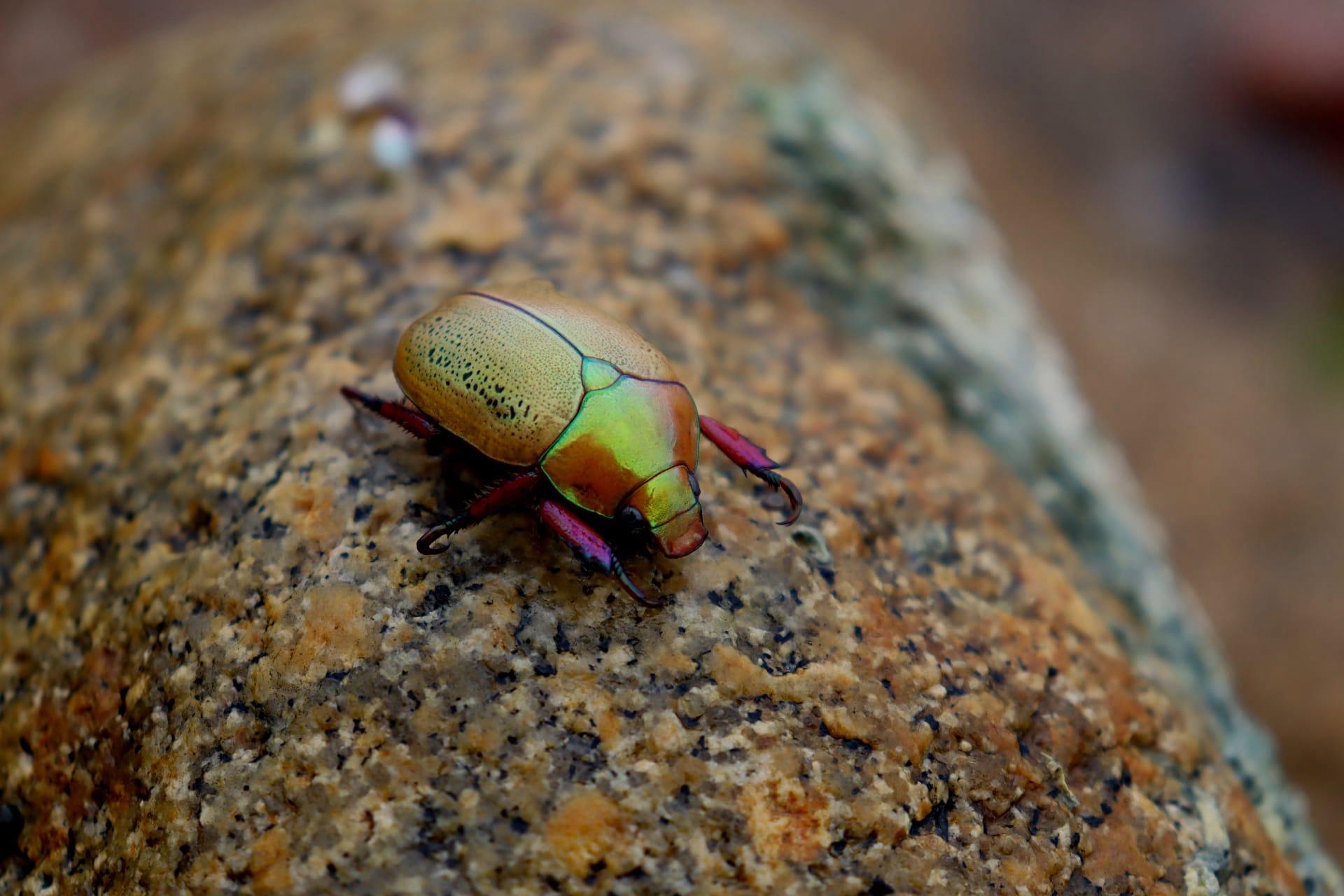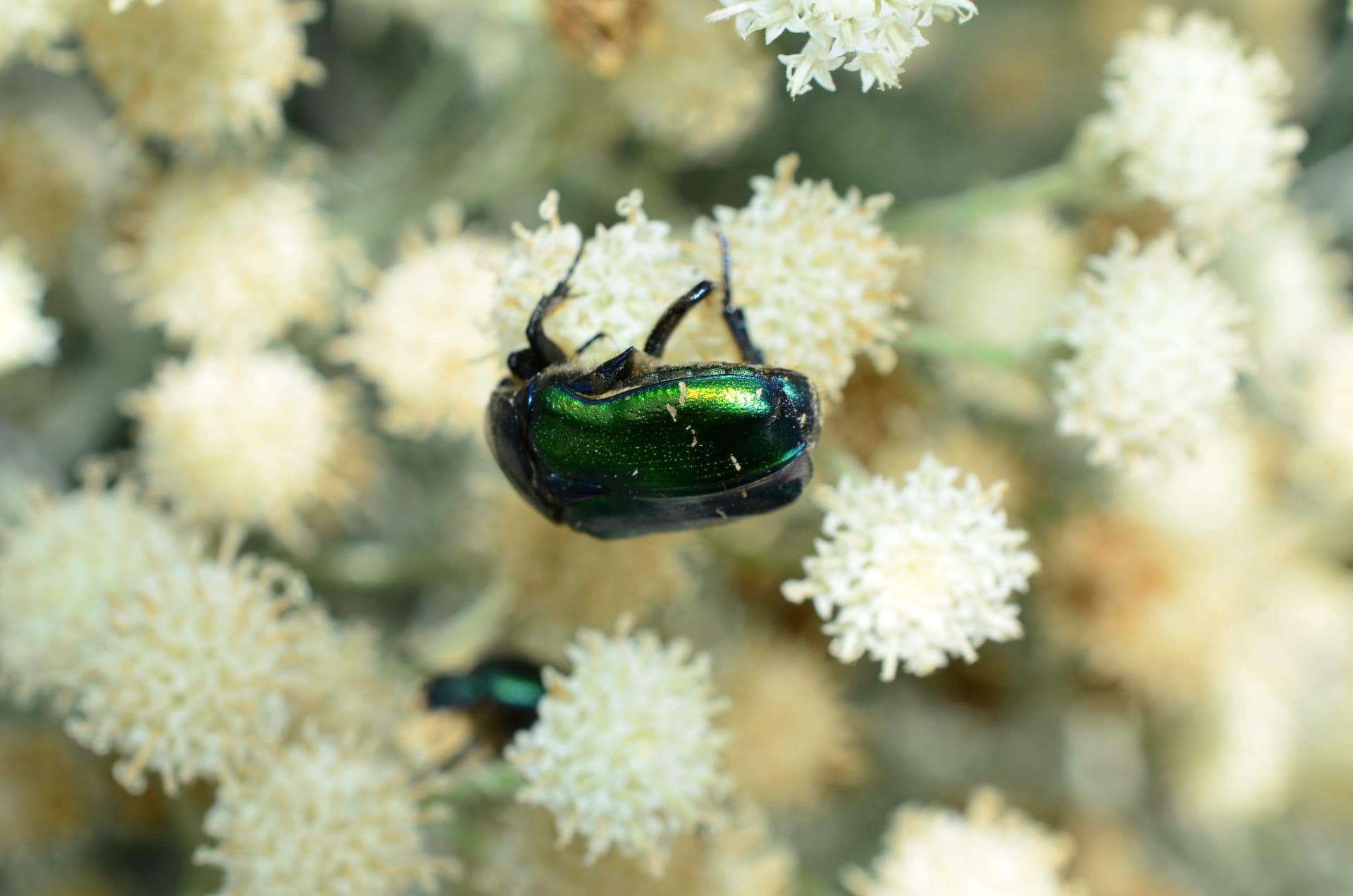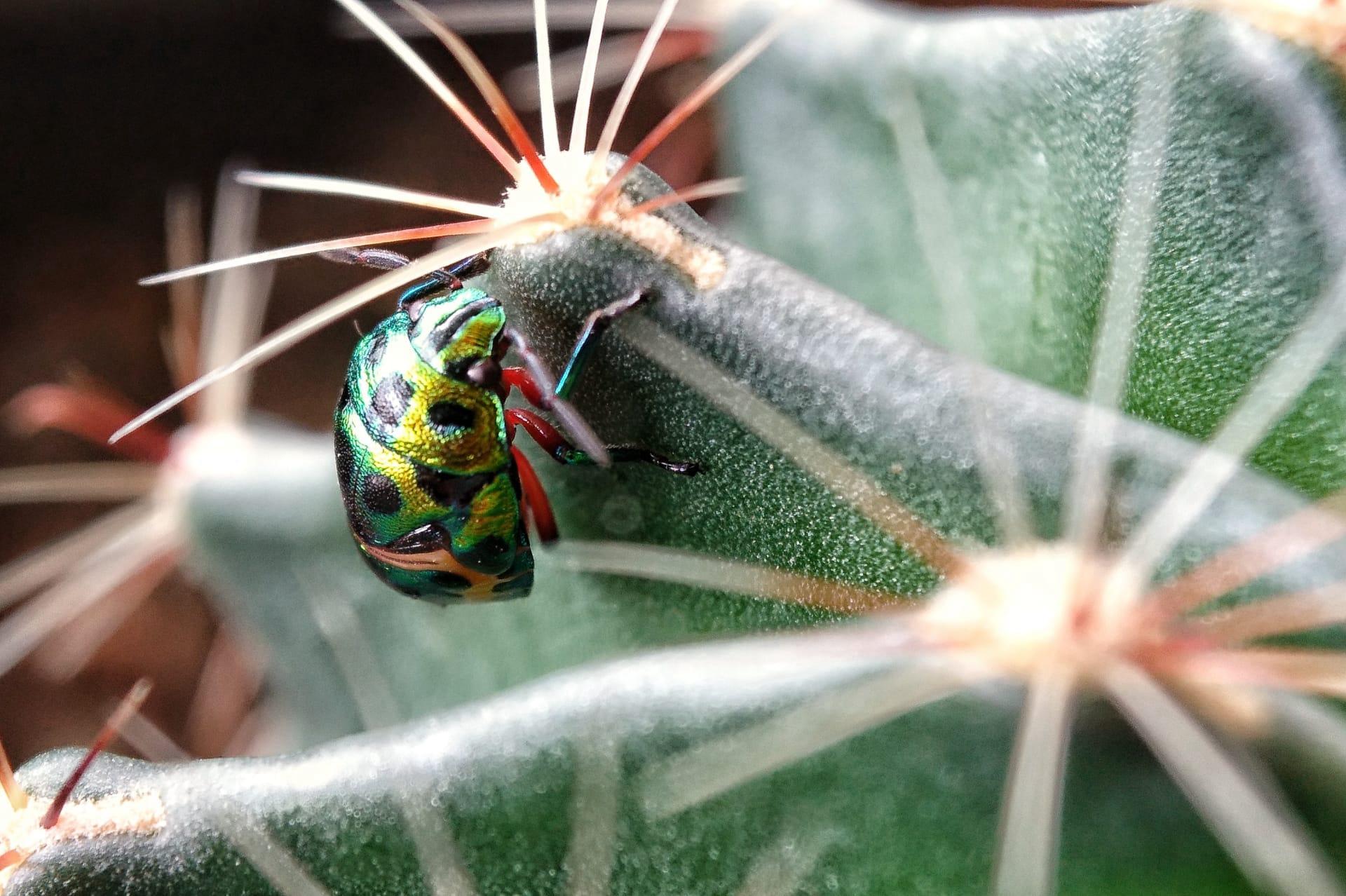Christmas Beetle
- Home /
- Mini Encyclopedia /
- Animal /
- Christmas Beetle
1
The Christmas Beetle, a charming insect, belongs to the family Scarabaeidae, which is part of the order Coleoptera, commonly known as beetles. Scientifically, these beetles are categorized under the genus Anoplognathus. This genus encompasses over 35 distinct species, each boasting unique characteristics. Notably, the Christmas Beetle has a robust, convex body that typically measures between 20 to 30 millimeters in length. Their most striking feature is their shimmering exoskeleton, which comes in a palette of colors ranging from golden brown to green, often with a metallic sheen.
Christmas Beetles are predominantly found in Australia, thriving in regions with plenty of eucalyptus trees. These beetles have a particular fondness for the east and southeastern parts of Australia, including Queensland, New South Wales, Victoria, and South Australia. During the Australian summer, which coincides with the Christmas season, they are especially visible. This seasonal emergence is the reason behind their festive name. The beetles favor warm climates and are usually found in woodlands, forests, and urban areas with abundant vegetation.

2
Question: Do Christmas Beetles harm eucalyptus trees significantly?
Answer: While it's true that Christmas Beetles feed on the leaves of eucalyptus trees, their impact is generally minimal on healthy trees. Adult beetles chew on the leaves, sometimes causing noticeable defoliation. However, healthy eucalyptus trees can typically recover from this feeding without significant long-term harm. It's primarily in situations where trees are already stressed or in weakened conditions, due to factors like drought or disease, that the feeding can exacerbate the tree's decline. Consequently, Christmas Beetles are not considered major pests but are seen more as a natural part of the ecosystem.

3
One key survival strategy of the Christmas Beetle is its life cycle synchronization with the Australian summer. The larvae, known as "curl grubs," develop in the soil and feed on decomposing plant material and roots. This stage can last up to two years, allowing the larvae to accumulate sufficient energy for metamorphosis. The timing of their emergence as adults during the warm, wet summer months maximizes their breeding opportunities and available food sources.
Another strategy is their strong attraction to light, which plays a crucial role in their mating behavior. During the night, adult Christmas Beetles swarm around lights, where mating occurs. This light attraction increases their chances of encountering potential mates, thereby enhancing their reproductive success. However, this behavior can also be detrimental, as it makes them vulnerable to predators and can lead to accidental deaths due to collisions with bright sources of light.

4
In the ecosystem, Christmas Beetles play a dual role. As larvae, they contribute to soil health. Their feeding on organic matter aids in decomposition and nutrient recycling, enriching the soil. This process is crucial for the growth of plants and maintaining the balance of microorganisms in the soil.
As adults, they serve as a food source for various predators, including birds, bats, and other insects. This predation helps regulate the beetle population, preventing overpopulation and potential overfeeding on eucalyptus leaves. Their presence also indicates the health of the local environment, as they thrive in areas with abundant vegetation and balanced ecosystems.

5
Film: "The Secret World of Beetles," produced in the United Kingdom in 2019, provides an insightful look into the diverse world of beetles, including a segment dedicated to the Christmas Beetle. This documentary delves into their life cycle, habitat, and the challenges they face in the modern world.
Book: "Insects of Australia: A Textbook for Students and Research Workers" (2014), by Paul Zborowski and Tony Storey, published in Australia, offers an in-depth exploration of various Australian insects, including the Christmas Beetle. It provides detailed descriptions, photographs, and discussions on their roles in the ecosystem.
Book: "Australian Beetles: Morphology, Classification and Keys" (2017), authored by Adam Slipinski and Hermes Escalona, also published in Australia, presents a comprehensive guide to Australian beetles. It includes a section on Christmas Beetles, offering insights into their classification, physical characteristics, and ecological significance.